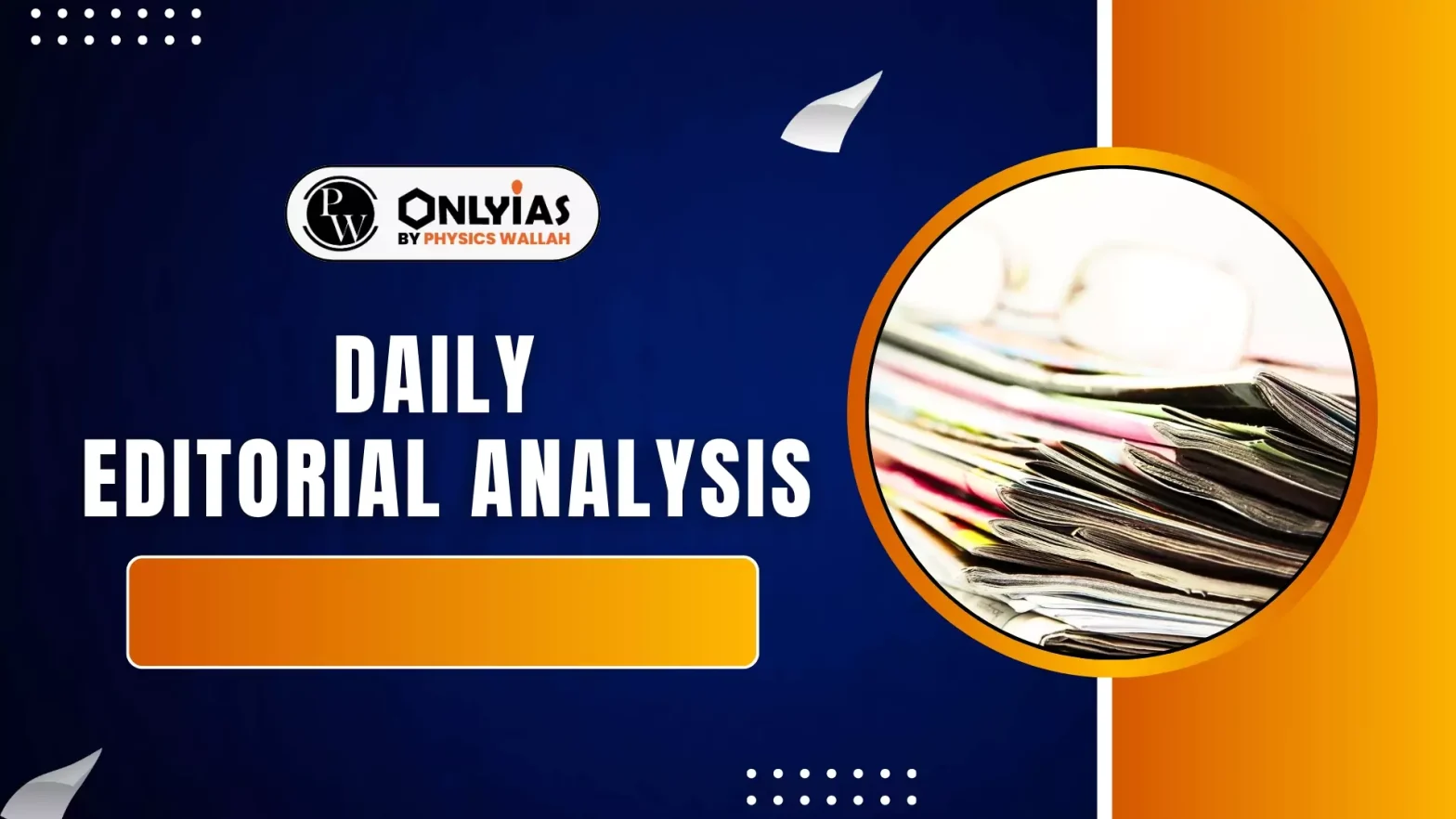![]() 24 Jun 2025
24 Jun 2025

The global economy is undergoing a significant transformation, marked by shifts in trade policies and continuing geopolitical tensions.
Global disruptions pose real challenges, but also offer a unique window for India to position itself as a global manufacturing and trade hub.
| Main Practice |
|---|

<div class="new-fform">
</div>